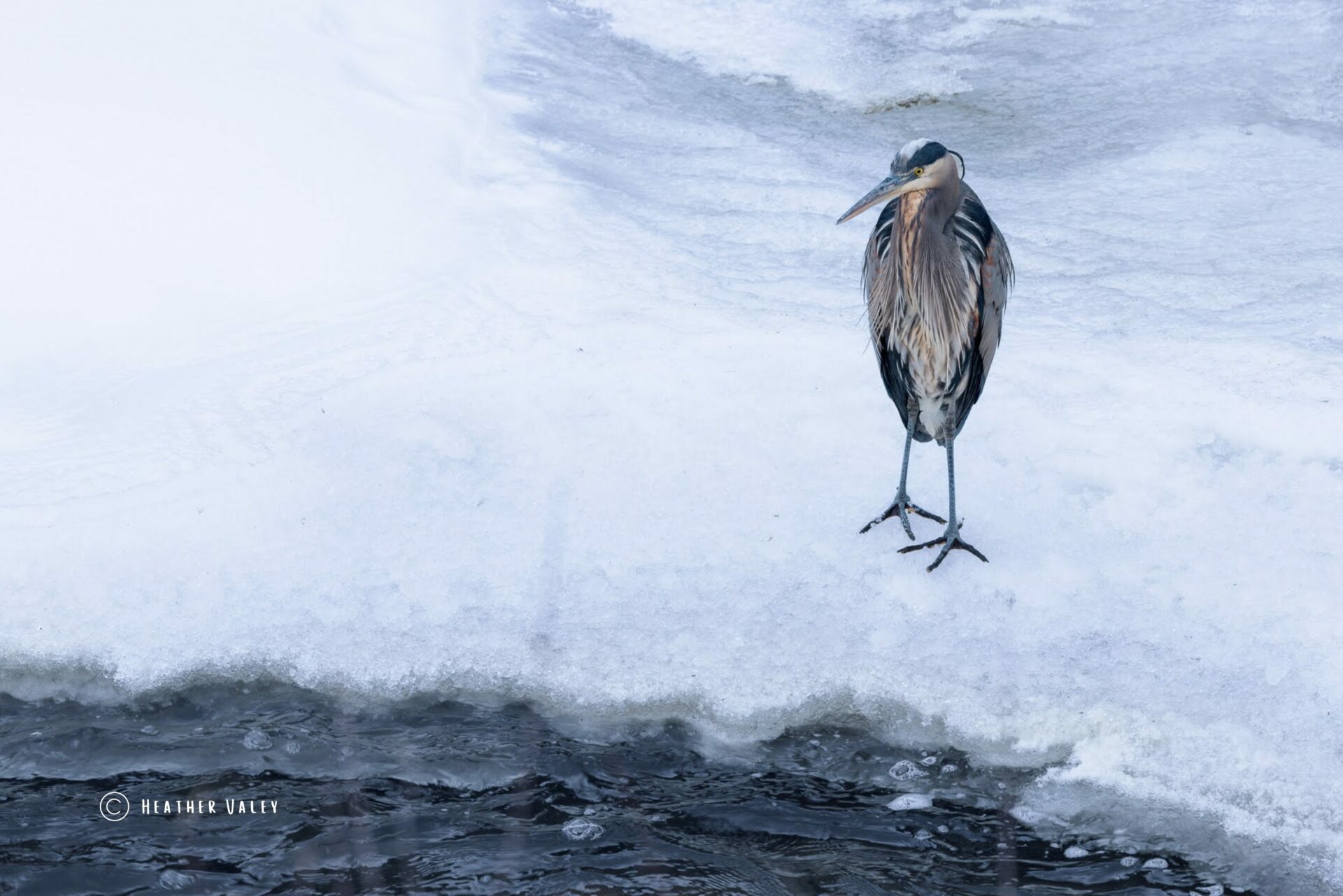First, Let’s Set the Scene

Boulder County Open Space in Colorado has a reputation for world-class parks and trails. The Picture Rock trail at Hiel Ranch near Lyons in Boulder County is a great example of this. With its stunning views, diverse habitats, and multiple recreational opportunities, Hiel Valley Ranch is a wonderful piece of nature in Boulder County.
The park is over 6,000 acres and according to the Boulder County website is “home to over 50 different species of mammals representing over 70 percent of all the mammals found in Boulder County. “

Our Friend the Black-Tailed Prairie Dog
The black-tailed prairie dog is among the 50 species of mammals found at Hiel Valley Ranch. A robust colony of these prairie dogs, covering approximately 10 acres, thrives at the Picture Rock trailhead. This colony plays a vital role in the area by serving various purposes. It not only satisfies the appetites of hungry predators but their burrows create habitats for other animal species. Furthermore, their burrows enhance soil quality by facilitating rainwater infiltration and reducing the risk of flooding. Additionally, the prairie dogs contribute to the cycling of organic matter in the soil and aid in the germination of new plants.
Also of note, this colony offers a valuable service by providing free fire protection to the town of Lyons, CO. By consuming grass and forbs before they dry out and become “fuel,” the prairie dogs mitigate the risk of wildfires. They also help control the spread of invasive plants by consuming weeds. It is important to note that this colony resides in designated “Habitat Conservation Land,” identified by Boulder County as a protected area for these animals. Such an allocation holds significant importance for a species that currently occupies only 1% of its historical range.

Where the Story Begins
On Wednesday, June 7th, 2023, I received an email titled “Prairie Dog Extermination at Heil Valley Ranch Open Space” from the Boulder Nature Association email group nature-net. Being someone who closely follows the situations concerning these animals in the Denver front range, an email with such a title naturally compelled me to click and read further. A fellow member of the mailing list expressed concern regarding a sign observed at the Picture Rock Trailhead, which warned trail-goers about the trapping of prairie dogs. Upon more investigation, the member discovered that a total of 150 of these animals were intended to be trapped and killed.
The members of the mailing list were undoubtedly upset by this news, and their reactions ranged from intellectually optimistic, hoping that Boulder County was doing the right thing, to frustrated pessimism, expressing doubts about the outcome.

Boulder County Open Space Weighs In
Therese Glowacki, the director of Boulder County Open Space, who must have been included in the email list, took what seemed to be appropriate action to address the situation and bring order to the chaos.
According to Glowacki, Boulder County Parks and Open Space decided to thin out this specific prairie dog colony due to its “substantial growth” over the past couple of years. (I must add that no specific data as to how big the colony is and should be was given) She stated that this expansion has had negative consequences on the land and infrastructure, resulting in complaints from neighboring residents and trail users. However, she noted it is important to know that the intention is not to eradicate the entire colony. A portion of the colony will be retained she promised, recognizing its numerous benefits to the ecosystem. This particular colony is located in a designated “multiple objective area”, where population control measures are permitted to maintain a balanced ecosystem, she added.
Initially, this explanation seemed reasonable. However, someone in the mailing list pointed out that the prairie dogs were not actually located in a “multiple objective area”. They provided a link to a map that highlights all of the prairie dog colonies in Boulder County, clearly indicating the land designations for each colony. It was discovered that the animals were indeed situated within “Conservation Habitat Land”, which is designated for the protection of this species.

BCOP Stands Corrected
Therese then responded, acknowledging her mistake regarding the land designation, but stated that the planned trapping would continue as planned due to a policy permitting control measures if the animals encroach on private land. Another person on the email list contributed that they spoke with Mike Foster from BCOP, who mentioned that the prairie dogs were causing damage to the parking lot and numerous complaints had been received.
Other individuals on the email list shared information they had obtained from additional BCOP employees after making inquiries about the prairie dog trapping. The stories were all similar, stating that these animals were not actually encroaching on any properties, but rather, six nearby landowners had made complaints. To address this issue, BCOP made the decision to thin the colony by removing 150 animals. These prairie dogs would be transported to the Fort Collins Black Footed Ferret facility, where they would be euthanized and used as food for the ferrets in their captive breeding program.
My head was spinning and at this point I felt I should just go down to Picture Rock and see what was going on for myself.

My Investigation at Picture Rock Trail
When I arrived there, the first thing I did was investigate the parking lot for the encroachment described by BCOP. However, I found nothing. I thoroughly examined both the parking area and the edges, searching for any signs of dirt disturbance. AlI I saw were ant hills, a few rabbits, and cars.

As I started to walk the trail, I had not expected to see traps out already. However I noticed numerous traps set strategically around the colony. Also, the colony seemed remarkably sparse… too sparse. In fact my immediate conclusion was that the trapping had been going on for a few days already.

I anticipated the presence of prairie dog babies, as June is typically the time you see the new pups out and about with their moms. I was right.
Trapping at this time is unnecessarily cruel. It is inevitable that babies will be orphaned or trapped, causing horrible stress for these animals.
There are a few adjacent private properties to this particular trailhead. Obviously I wasn’t about to traipse through private land looking for prairie dog holes, but just peering over a few fences I wasn’t able to see any obvious encroachment.
So What’s Really Going on?
I had been hopeful of giving Boulder County Open Space (BCOS) the benefit of the doubt, considering my lack of expertise as a biologist or ecologist. However, my optimism was shattered with the arrival of a new email in my inbox which was a forwarded communication from Dr. Carsa Pustmeuller, an Animal Ecologist & Ethologist who serves on the Ecology Advisory Board of Lyons. The email, titled “URGENT: STOP TRAPPING AT HEIL VALLEY RANCH PRAIRIE DOG COLONY IMMEDIATELY,” was addressed to the Boulder Commissioners.
Dr. Pustmeuller’s email urgently demanded the immediate cessation of trapping and culling activities targeting prairie dogs at the park. She emphasized the need for a comprehensive evaluation and exploration of non-lethal alternatives. In her observations, she also acknowledged the alarming decline in the colony, and attributed it to over trapping. Disturbingly, she revealed that a staggering 72 animals have already been captured and transported to the black-footed ferret facility, where they are destined to be killed and used as food for captive bred black-footed ferrets. Additionally, she pointed out that BCOS had failed to adhere to their policy, which mandates providing the public with a one-week notice before implementing such environmental management activities.
Link to Dr. Pustmeuller’s release sent to Boulder County Commissioners.
These revelations confirm my initial suspicions. Boulder County Open Space has not been transparent regarding the killing of these animals on land that should serve as their sanctuary. Several troubling thoughts have been swirling in my mind:
Considering that Heil Ranch spans over 6,000 acres, Are there really no other areas within the park that could accommodate prairie dog relocation?
Could the trapping have been postponed until the young prairie dogs had grown older and stronger?
Was any consideration given to non-lethal methods of addressing this issue?
Was the population “thinning” really necessary? Where is the data supporting it?
Conclusion
This situation fills me with sadness. These animals face persecution on suburban and urban lands, which, though disheartening, is somewhat understandable given the pace of development happening in our cities and suburbs. However, these particular animals are residing on land specifically designated for their protection. If they are not safe there, the outlook for their future and the important ecological services they provide appears incredibly bleak.
Lastly, I am profoundly disappointed with the way Boulder Open Space has handled this matter. While I may not fully comprehend the pressures they face in making decisions, I firmly believe they can strive to make better choices for our open space environments and their inhabitants.

Call to Action
Your active involvement and communication can play a pivotal role in putting a stop to this trapping before irreparable harm is done. Please reach out to the individuals listed below and engage in communication to halt the trapping before it reaches a critical point:
Boulder Commissioners
Commissioner Claire Levy – commissioner.levy@bouldercounty.org
Commissioner Marta Loachamin – commissioner.loachamin@bouldercounty.org
Commissioner Ashley Stolzmann – commissioner.stolzmann@bouldercounty.org
Boulder County Open Space
Therese Glowacki – tglowacki@bouldercounty.org
Mike Foster – mfoster@bouldercounty.org
To make a difference for the future of prairie dogs, consider engaging and volunteering with the groups below that are actively working to protect these animals.
Non-Profit Groups that Fight For Prairie Dogs
Additional Resources
Prairie Colony Extent on Boulder County Open Space
Summary
Boulder County Open Space in Colorado is known for its exceptional parks and trails, and one of its notable attractions is the Picture Rock trail at Hiel Ranch near Lyons. Hiel Valley Ranch, spanning over 6,000 acres, is home to a variety of wildlife, including the black-tailed prairie dog. These prairie dogs play a crucial role in the ecosystem by providing food for predators, creating habitats for other species, improving soil quality, and preventing wildfires. However, a controversy arose when plans were revealed to trap and kill 150 prairie dogs at the Picture Rock trailhead, leading to concerns and debates among members of the Boulder Nature Association email group.
Therese Glowacki, the director of Boulder County Open Space, initially justified the trapping by citing the substantial growth of the prairie dog colony and its negative impact on the land and infrastructure. However, it was later discovered that the prairie dogs were situated in a designated “Conservation Habitat Area” meant for protecting the species, contradicting the justification provided. Despite acknowledging the mistake, Glowacki stated that the trapping would proceed due to complaints from nearby residents and private landowners. However, investigations conducted by concerned individuals found no evidence of encroachment by the prairie dogs on private properties. The revelation of these facts, along with the capture and killing of 72 prairie dogs already, raised questions about the necessity of the population thinning, the consideration of non-lethal alternatives, and the transparency of Boulder County Open Space’s actions.
The situation has sparked disappointment and sadness among those following the issue, as the prairie dogs, residing on land specifically designated for their protection, now face persecution. The handling of the matter by Boulder County Open Space has been criticized for its lack of transparency and failure to explore non-lethal options and provide proper notice to the public. This controversy raises concerns about the future of the prairie dogs and the vital ecological services they provide. While understanding the pressures faced by Boulder County Open Space, there is a call for better decision-making to ensure the preservation of open space environments and their inhabitants.
Never miss a Nature Fix post! Get access to custom content!






